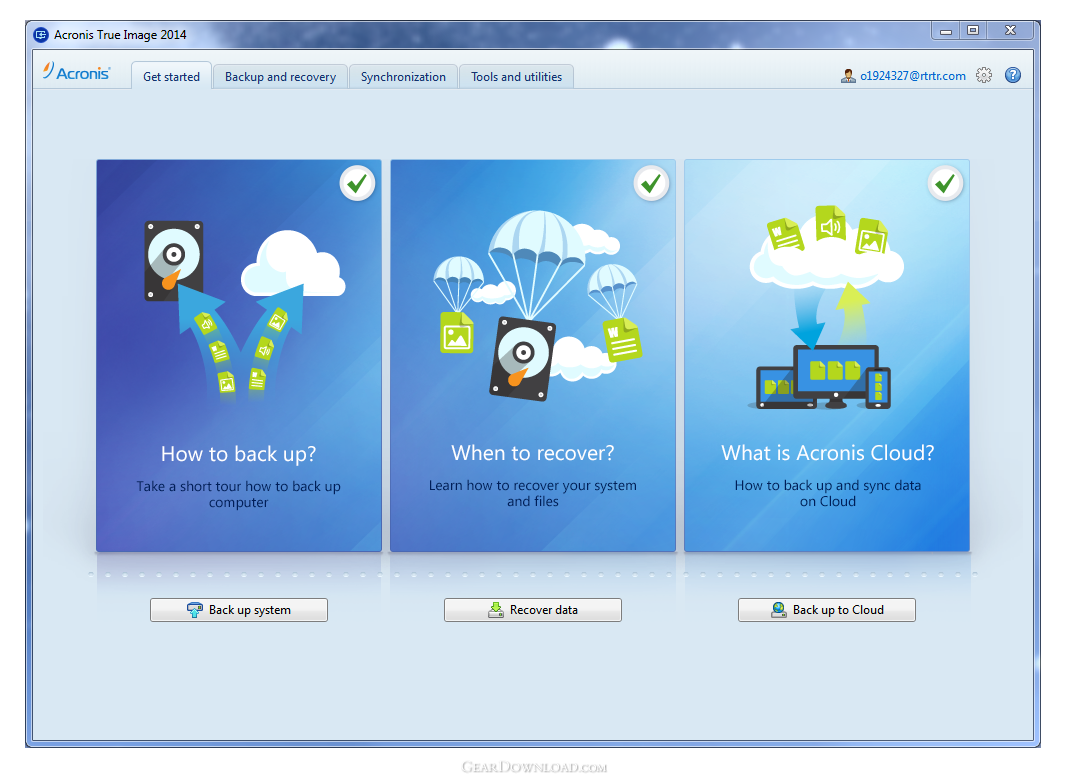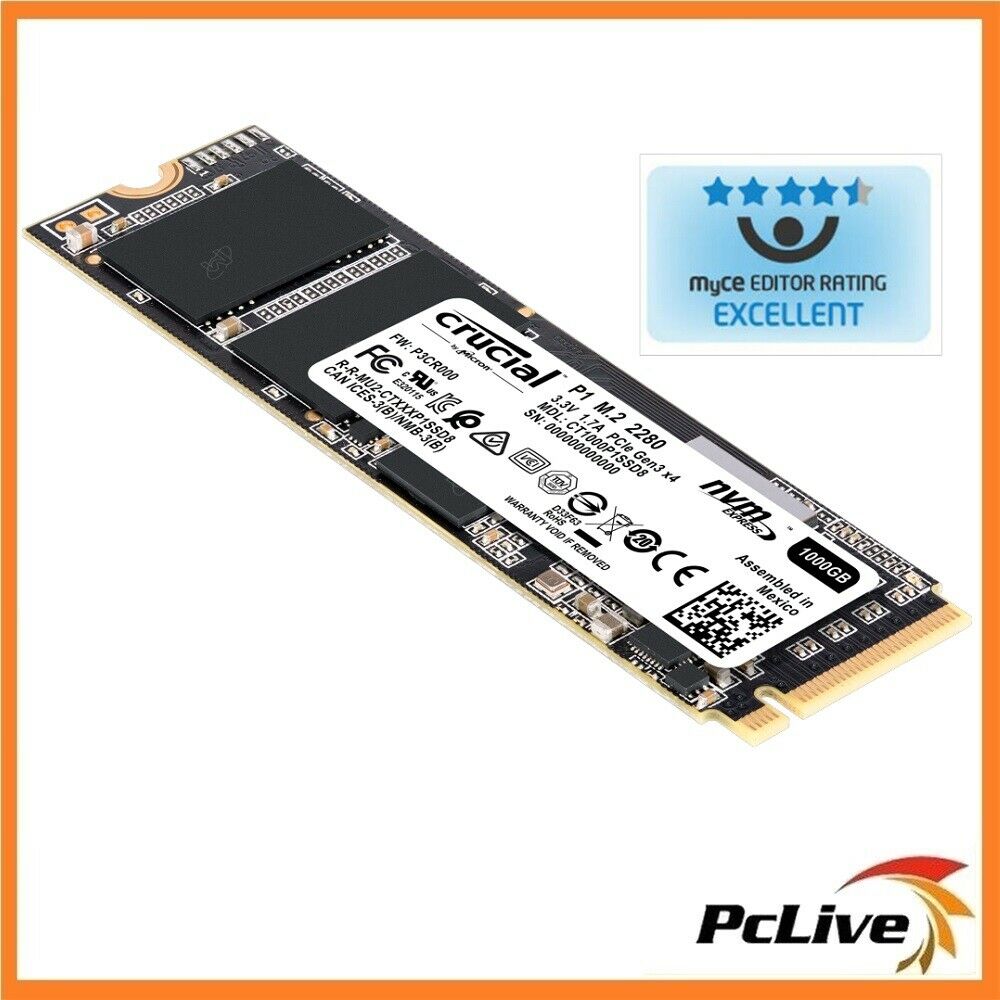

- CRUCIAL ACRONIS TRUE IMAGE FREE HOW TO
- CRUCIAL ACRONIS TRUE IMAGE FREE INSTALL
- CRUCIAL ACRONIS TRUE IMAGE FREE FULL
On that subject, the Rapid Delta Restore feature is also a godsend for that scenario, an even more so for people who need to perform restores on a regular basis because they test applications or something.
CRUCIAL ACRONIS TRUE IMAGE FREE FULL
It's handy to have full system image backups because it means if something ever renders your system unbootable (bad app install, bad Windows update, malware, user error, etc.), you can quickly restore your entire system. The paid features mostly come into play for people who want to use Reflect for routine backup/clone operations rather than one-off operations.

But no the Free and paid versions aren't the same - otherwise why would anyone pay for the paid version? There's a nice feature comparison chart here if you're curious about what the other versions offer.

CRUCIAL ACRONIS TRUE IMAGE FREE HOW TO
This Macrium KB article shows you how to do that, specifically Steps 4 and you're just trying to do a one-off clone of one drive to another drive that you'll be installing in the same system, then the Free version will do everything you need. If your C partition is the last one on disk, technically you can extend it later, but if you have other partitions after the C partition, such as Windows Recovery and/or a factory image restore partition, then you'll won't be able to extend the C partition later because those other partitions will be sitting between your C partition and the free space - so you'll want to resize the C partition as part of the clone operation itself. Since you'll be cloning to a larger target, it's best to "stage" a clone that involves custom partition resizing rather than counting on doing it later. Clone all partitions on the source disk unless you have a specific reason for excluding them. It should find that new SSD and register the path to its bootloader in your system firmware.
CRUCIAL ACRONIS TRUE IMAGE FREE INSTALL
So if you perform the clone while the target is in an enclosure and then install that new SSD internally and find it won't boot, you can boot from your Rescue Media that you would've created beforehand and run Fix Boot Problems. (UEFI-bootable USB devices work differently, which is why you don't have to register anything in your firmware before booting from them.) Macrium Reflect can create bootable Rescue Media, and that Rescue environment has a function called Fix Boot Problems. On UEFI systems, boot options on internal storage are stored as paths to specific bootloader files on specific partitions of specific devices, and those paths have to be registered into the UEFI firmware. UEFI systems boot very differently from Legacy BIOS systems, so you generally can't just install a new drive that you cloned while it was in an enclosure and expect it to boot from that device. If you're going to use an enclosure to perform the clone, I would recommend Macrium Reflect Free.


 0 kommentar(er)
0 kommentar(er)
